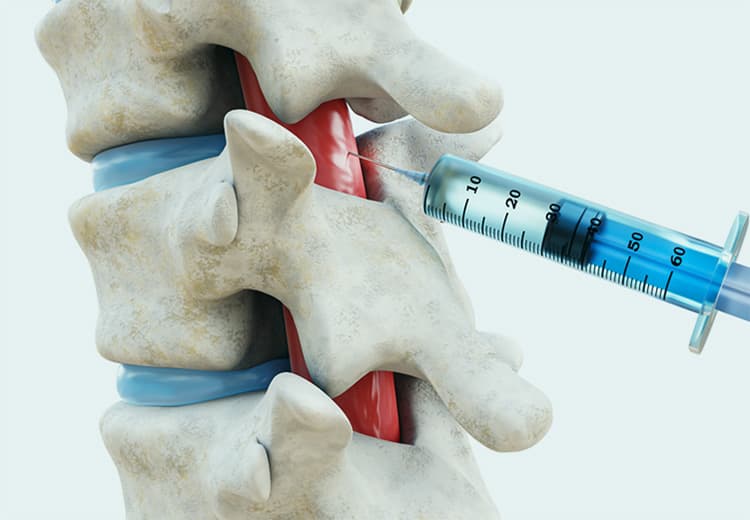Vertebral Disc Regeneration
Vertebral disc regeneration offers a non-surgical option for patients suffering from chronic back pain caused by disc degeneration. This treatment focuses on restoring the health and function of the affected disc rather than simply managing symptoms. By addressing the source of the pain at a structural level, patients may experience lasting relief and improved spine stability.
This procedure is especially promising for individuals seeking a minimally invasive alternative to spinal fusion or more aggressive surgical interventions. Many patients report reduced pain, better range of motion, and enhanced ability to participate in daily activities or physical therapy following treatment.

What is it?
Intervertebral disc nucleus pulposus allografting is an advanced regenerative procedure that treats painful degenerative disc disease by replacing damaged disc material with processed donor tissue. This procedure aims to restore disc height and function while reducing pain and improving mobility.
How is it performed?
Using fluoroscopic guidance, your physician will insert a specialized needle into the affected disc. The Via Disc NP allograft material is then precisely injected into the disc space. The procedure typically takes 30-45 minutes per level treated.
Treatment Benefits
One key advantage of vertebral disc regeneration is its ability to target disc-related pain without removing spinal tissue or hardware implantation. It aims to restore disc height and hydration, which can relieve pressure on surrounding nerves. As a biologic treatment, it also encourages long-term improvements in disc health, potentially slowing or reversing the degenerative process.
Who Can Benefit From This Treatment
This treatment may be ideal for individuals with chronic low back pain linked to degenerative disc disease, particularly when conservative treatments have failed. Candidates are typically those who have one or more symptomatic discs confirmed through imaging and are not yet in need of major spinal surgery. A consultation with a spine specialist is essential to determine if disc regeneration is a viable option for your specific condition.
Learn more about Vertebral Disc Regeneration by contacting the Minimally Invasive Spine and Pain Institute—our team is here to help you explore your options.
Aftercare for Vertebral Disc Regeneration
After undergoing vertebral disc regeneration, patients can typically return home the same day. It’s normal to experience mild soreness or stiffness in the lower back for a few days as the body adjusts to the treatment. During this recovery period, it’s important to protect the treated area and give the regenerative material time to integrate into the disc space. Your provider will offer specific guidance on activity restrictions and pain management to help support healing and maximize the benefits of the procedure.
Tips for a Smooth Recovery
Follow these guidelines to support healing after vertebral disc regeneration:
Avoid heavy lifting, bending, or twisting for the first few days after the procedure
Use ice packs as needed to reduce swelling or discomfort at the injection site
Stay hydrated and maintain a balanced diet to support tissue regeneration
Follow any instructions provided for returning to work or physical activity
Monitor for any unusual symptoms and report them to your provider

